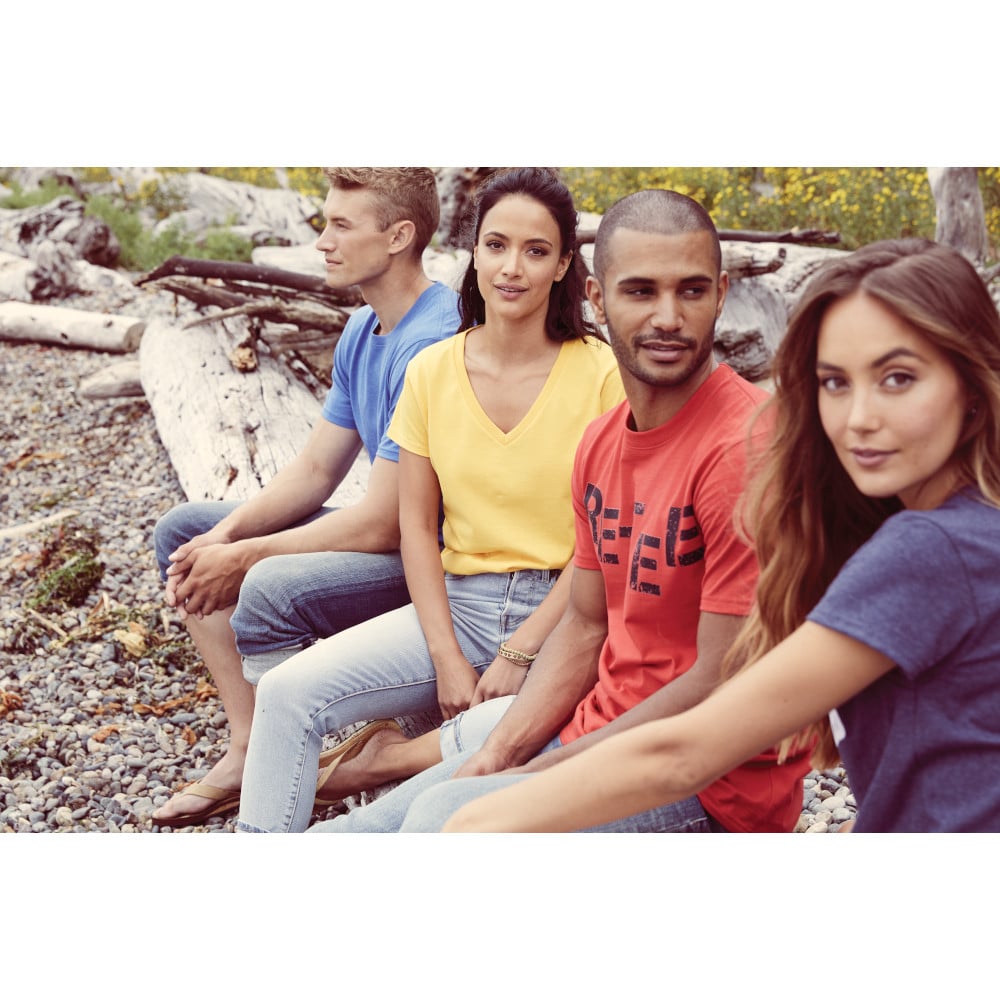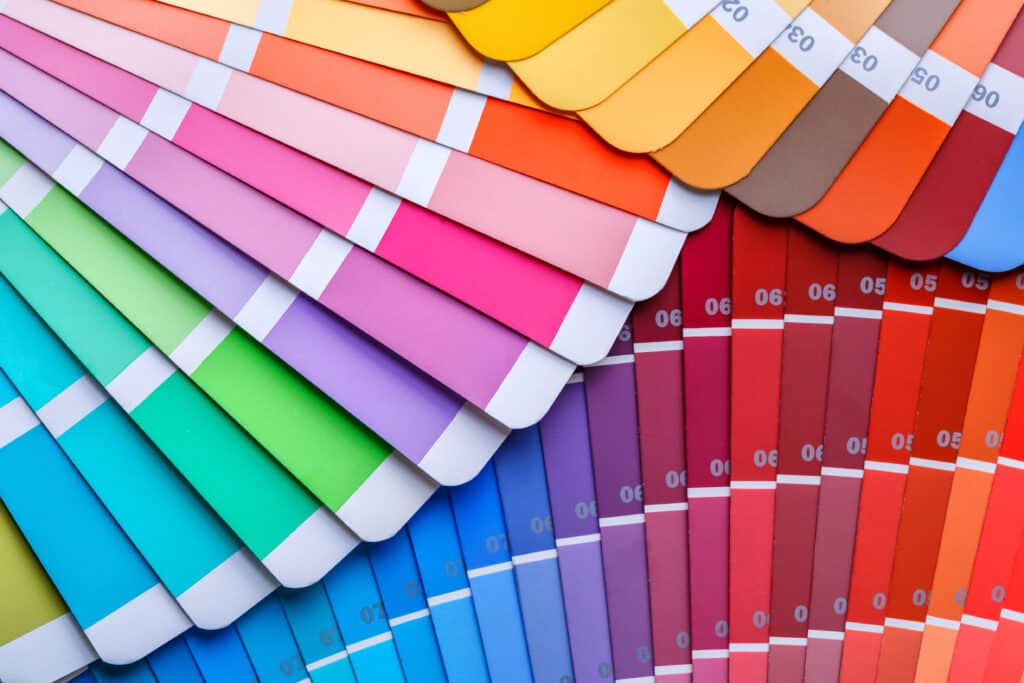Marketing, as they say, ain’t what it used to be.
source The Style Network Active Altruism: Influencing Sustainability | SanMar U
Influencer marketing has arrived, and it represents an unquestionable shift in the dynamics of brand power and message. “Exposure is no longer the preserve of the rich,” says Al Ramich, CEO of SmallGiants. “You can go viral (and therefore have influence) with no backing, no funds and no status. Technology has inverted the traditional relationship between money and power.”
Influencer marketing has actually been with us for a long time, including everyone from town criers in medieval times to Farrah Fawcett leveraging her iconic Charlie’s Angels hairstyle to sell hair products. Today’s equalizer is mobile technology, and it means that anyone – literally anyone with a smartphone and something to say – can be an influencer now. Fashion and beauty brands have taken notice, and they’re listening.
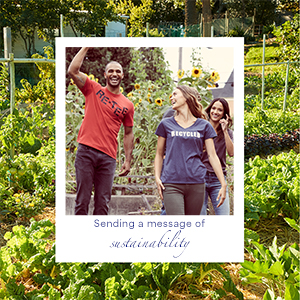
The Message Is the Medium – Active Altruism
Where it was once the companies who had the power and defined the message, now it is the influencer who defines the message that fashion labels seek to align with. In one highly-visible example, this year’s Met Gala found singer and animal rights activist Billie Eilish wearing an Oscar de la Renta gown – but only on the condition that the fashion designer agreed to stop all fur sales.
With most influencers trending toward the younger generations – Millennials and Gen Z primarily – the message they want to send is often about sustainability.
- Instagrammer Marielle Elizabeth makes her brand message clear right up front: “slow fashion for fat babes,” focusing on ethically-made apparel with an eye for detail and longevity. Her recent article in Vogue details a three-year process at Old Navy to create apparel with more inclusive size profiles.
- Zach Thomas is a non-binary blogger who promotes sustainable menswear brands in the #wearrewear movement, resulting in partnerships with Eileen Fisher and made-to-order t-shirt brand Son of a Tailor.
- Stevie is the founder of Yay For Earth and her message is all about a zero-waste lifestyle. While much of the apparel she highlights is purchased secondhand, she also features clothing whose creation is rooted in sustainability like Christy Dawn and Frank and Oak, and she does it all with a brilliant smile on her face.
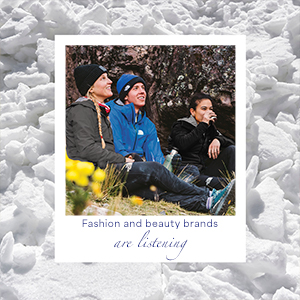
These are just a few examples. I could spend all day just talking about the many different influencers and the messages they have for the fashion industry alone. But I want to answer the question I can feel you just waiting to ask: how can you leverage these messages to benefit your business?
Going All-In On Sustainability
The key to an influencer’s message can be summed up in one word: authenticity. It’s pretty easy these days to do the research to find out if someone is just saying the right words, or if they’re walking the talk of sustainability. Organizations like Better Buying make 360-degree feedback loops between suppliers and buyers more transparent than ever.
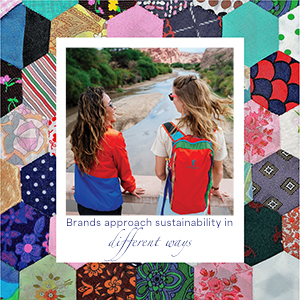
Making it even more complex (sorry!), many brands approach sustainability in different ways. While traditionally known as a fast-fashion manufacturer, H&M has recently focused on using recycled materials. Others take a broader approach and address sustainability across the full lifecycle of their products, like shoemaker Allbirds.
In other words, if you’re going to say you’re selling sustainable products and behaving ethically, you’d better mean it and you’d better be able to convey what that means if you’re asked about it.
Luckily, some apparel brands wear their sustainability on their sleeves, so to speak. Companies like Allmade and Cotopaxi feature apparel that is both ethically sourced and made from either recycled or repurposed fabrics. Familiar brands like The North Face use recycled fabrications in more and more of their products. The District Re-Tee has become a family of apparel pieces with a clear mission to reduce both material usage and also the chemicals used in the dyeing process.
These are the kinds of sustainable brands that influencers can be proud to talk about. Featuring their products prominently in your lineup is not just good for the planet. By conveying a message that is increasingly meaningful to today’s buyers, these are products that will also help your business grow into this new world where the power of marketing can be used to change the world for the better.
To learn more about how to use apparel to build your brand visit Use Branded Apparel To Build Your Brand – Swizzle (swizzlestory.com)

